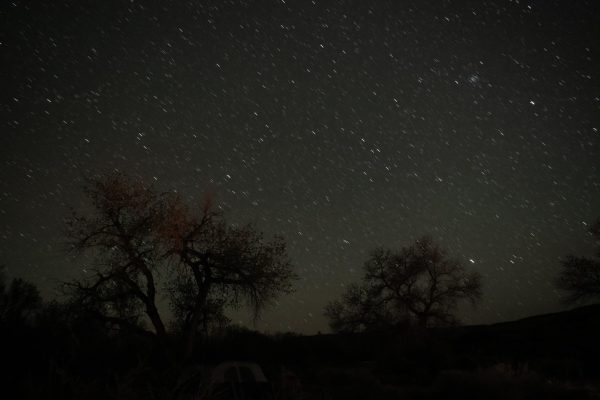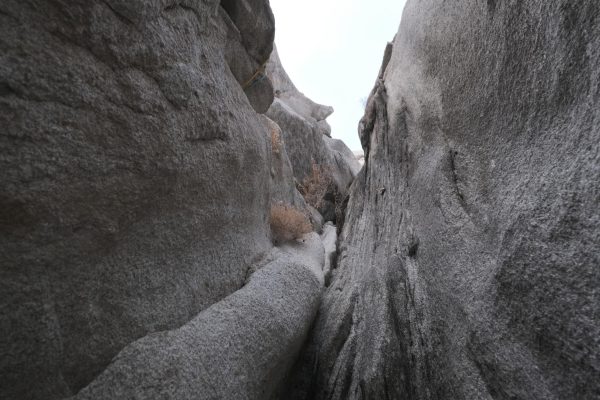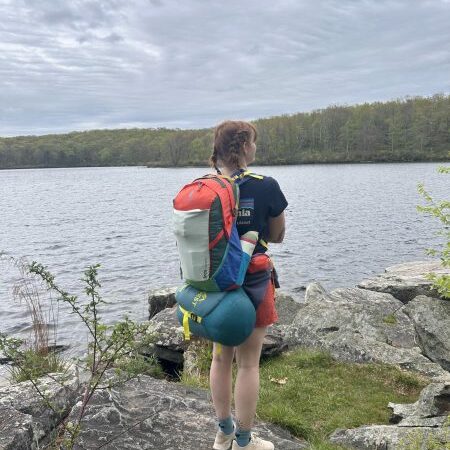The Instant Perspective
Shooting a Polaroid will never not be an awesome experience. Watching a photo develop in front of you just minutes after snapping a shot feels so surreal; a physical moment captured in time through a series of chemical reactions. Packed into a small, square frame, every chemical needed to develop a negative is contained in one package. No costly darkroom, no caustic chemicals, and no wait.
Like most cameras, shooting with a Polaroid in extreme environments with variable conditions can be challenging to say the least. Despite the almost primal nature some photographers have to take their camera along to capture the most raw and rugged landscapes, this desire is often dampened by the fear of destroying their camera in the process, losing potentially expensive equipment and those precious photos. With Polaroid, the stakes are even higher. With the newer models like the Polaroid Now and I-2 being made almost entirely of plastic, these cameras are incredibly fragile. The “intricate” roller system that simultaneously ejects and spreads development chemicals over the negative frame are notoriously touchy. Requiring cleaning after every few packs of film, the smallest speck of dust left behind on the rollers can devastate the quality of the photos. Even in everyday environments, keeping your camera completely out of dirt can be challenging, so one can only imagine the nightmare of shooting in the high country or in the deep deserts.
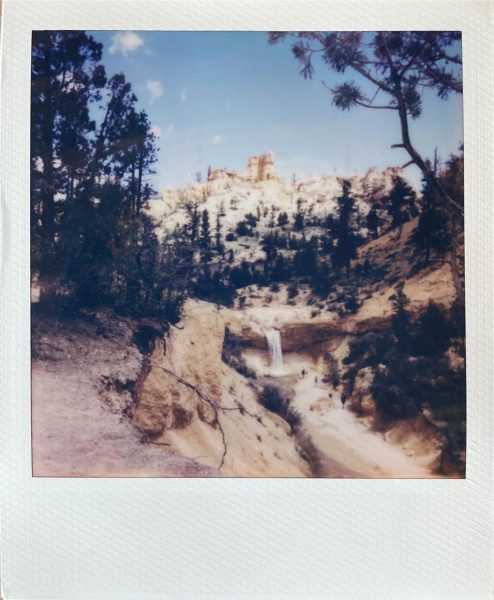 To make matters worse, the temperature of your surroundings can be detrimental to the outcome of your exposure. If your frame is too cold while developing, the photo will emerge with a green, undersaturated hue. Too hot on the other hand, exposures will develop with a bright red ton, washing out contrast and color. Not all hope is lost, however. After shooting packs and packs of film from the coast of Oregon to the canyons of Southern Utah, I’ve become way more confident in not only my ability to capture great shots but to ensure that my camera makes it back in one piece.
To make matters worse, the temperature of your surroundings can be detrimental to the outcome of your exposure. If your frame is too cold while developing, the photo will emerge with a green, undersaturated hue. Too hot on the other hand, exposures will develop with a bright red ton, washing out contrast and color. Not all hope is lost, however. After shooting packs and packs of film from the coast of Oregon to the canyons of Southern Utah, I’ve become way more confident in not only my ability to capture great shots but to ensure that my camera makes it back in one piece.
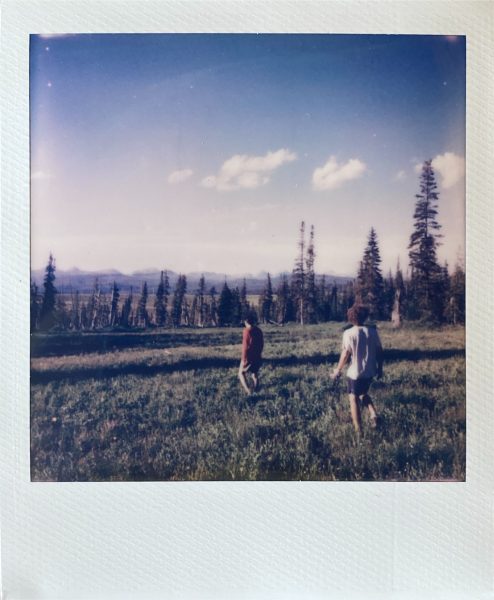
Film
The moments after you’ve released the shutter on a Polaroid is hands down the most important part of the process. From the moment it ejects through the rollers and hangs out through the tongue of the camera, a countdown has begun. Though light is a crucial (and often frustrating) aspect of framing and composing a shot, letting light reach your frame while it’s still developing can cause it to become overexposed. While out hiking or with limited equipment, I’ve found that it’s very frustrating to try and stick the frame in my pocket to shield it from the sun for a couple of reasons. If I’m on the move in really any capacity, the chances of creasing the photo and throwing off the development chemicals are super high, resulting in lines and obstructions on the final photo. To prevent this from happening I typically reuse the cardboard film packaging and place my exposures inside. For even more protection, I’ve been using the Patagonia Atom Sling Bag as my dedicated film bag, but I’ll get more into that later. The only time I suggest putting a frame in your pocket is when the temperature is anywhere below 4o degrees. Keeping it next to your body will allow it to stay warm enough to develop properly without getting too hot, but still make sure to put it in something more rigid and away from your legs like a coat pocket.
Camera
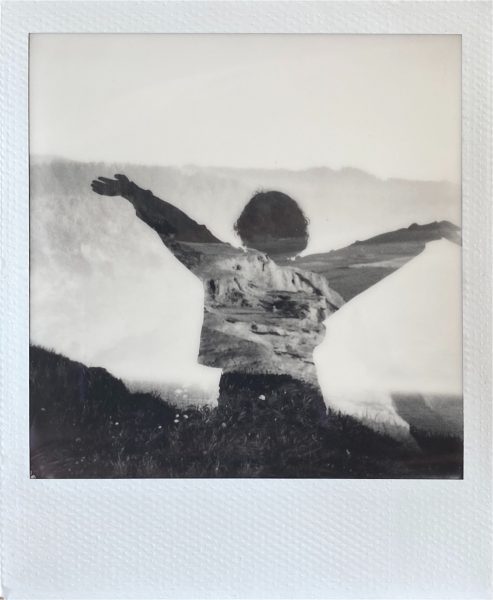 What keeps me back the most from taking my Polaroid deep into the backcountry is that I feel like I constantly need to baby it. Because of its plastic body and exposed ejection slot, I’m not comfortable throwing it in the bottom of my pack and taking off. For day hikes and excursions, I’ve opted for the Atom Sling to hold my camera, exposures, and extra film. It feels like it was almost made exactly for that purpose, and I’m stoked that it works so well. I definitely prefer it more than a camera bag because of its versatility (and most importantly because it looks cool.)
What keeps me back the most from taking my Polaroid deep into the backcountry is that I feel like I constantly need to baby it. Because of its plastic body and exposed ejection slot, I’m not comfortable throwing it in the bottom of my pack and taking off. For day hikes and excursions, I’ve opted for the Atom Sling to hold my camera, exposures, and extra film. It feels like it was almost made exactly for that purpose, and I’m stoked that it works so well. I definitely prefer it more than a camera bag because of its versatility (and most importantly because it looks cool.)
To make sure my rollers stay debris free, carrying around a lens cloth has worked like a charm. Built into the case of my Ombraz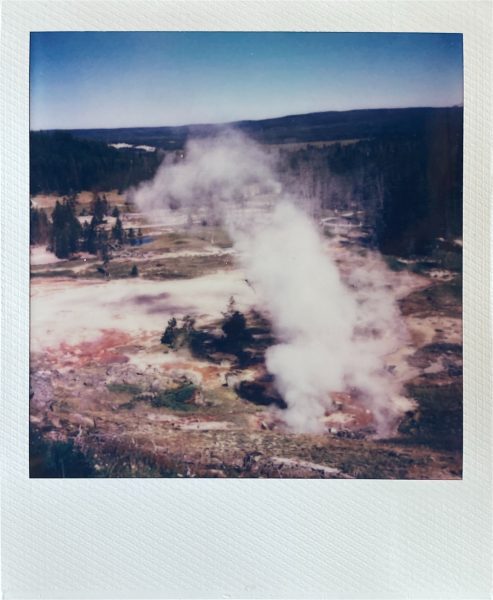 sunglasses, I don’t have to worry about losing it. I would recommend keeping a microfiber handy in whatever bag you’re using and getting it slightly damp before cleaning the rollers. Just make sure they’re dry before popping a fresh pack in.
sunglasses, I don’t have to worry about losing it. I would recommend keeping a microfiber handy in whatever bag you’re using and getting it slightly damp before cleaning the rollers. Just make sure they’re dry before popping a fresh pack in.
Scanning
After I’m done shooting, like most people I love to share my photography online. Because there are no digital copies, scanning your frames is necessary to get them digitally. In all honesty, this is one of the most frustrating and challenging parts of the process. Using the Polaroid App’s integrated scanning function, it often feels impossible to get your scans just right. For me, I seem to always be fighting uneven glares and reflections on the picture and white frame. In order to get the best scans possible (you’ll still probably notice some subtle differences between each of my photos) I like to use as much natural light as possible. Take those Polaroid’s outside, lay them on an even surface, and scan until desired result.
Creativity
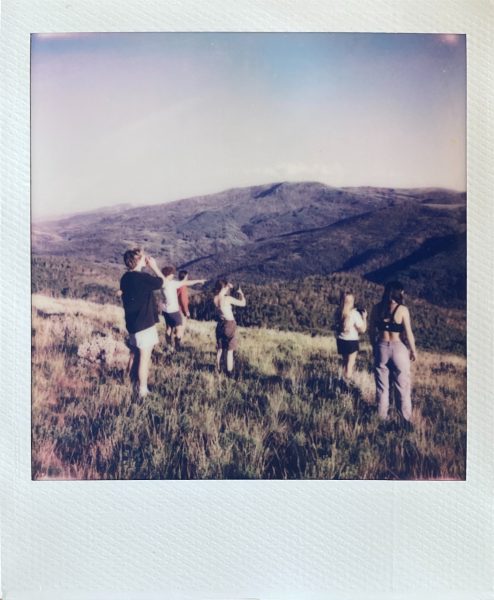 Despite some of the hassle, you really can’t replicate some of the shots possible on Polaroid. Though the clarity and focus may not be as sharp as a traditional camera, there really is something about this instant photography that speaks to the soul. The anticipation behind every shot adds to the whole process, and there are so many ways to experiment with your photography. One of my favorite features on my Polaroid Now is the double exposure setting. By keeping the frame in the camera after the first exposure, you can overlay that photo with another shot, creating some insane effects. While I’m still learning, I’ve managed to take some pretty stellar shots using this mode.
Despite some of the hassle, you really can’t replicate some of the shots possible on Polaroid. Though the clarity and focus may not be as sharp as a traditional camera, there really is something about this instant photography that speaks to the soul. The anticipation behind every shot adds to the whole process, and there are so many ways to experiment with your photography. One of my favorite features on my Polaroid Now is the double exposure setting. By keeping the frame in the camera after the first exposure, you can overlay that photo with another shot, creating some insane effects. While I’m still learning, I’ve managed to take some pretty stellar shots using this mode.
We simply don’t have enough time to capture every part of our world’s beauty. Every direction it seems there is something more breathtaking than the last, every moment in time an instant to be captured that will never exist again. With only 8 exposures per pack, the emphasis to stop and focus on each scene is a masterful balance between taking the shot, or letting it pass.
The post The Instant Perspective appeared first on Wasatch Magazine.

